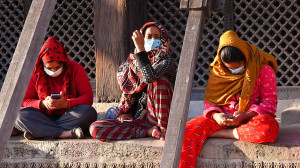National
Hundreds of migrant workers on their job-break can return to their jobs as regular flights resume
Over 5,600 Nepali migrant workers have received re-entry labour permits to report back to their jobs after the government decided to allow them to migrate.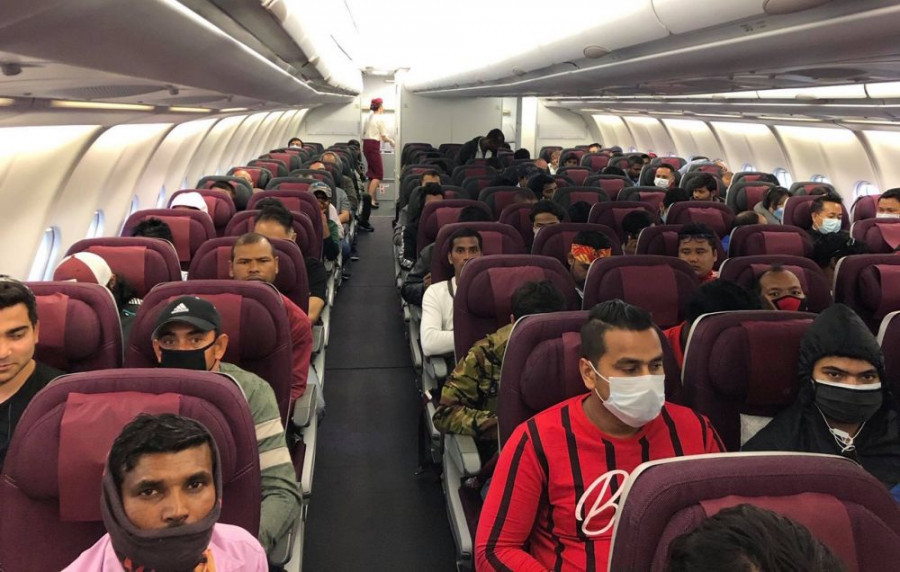
Chandan Kumar Mandal
After a six-month long hiatus, Nepali migrant workers will be finally able to migrate to several labour destination countries from next week.
The resumption of flight service could offer a much-needed impetus to the country’s foreign employment sector hit by the Covid-19 pandemic.
Hundreds of migrant workers, who had returned to Nepal during their annual break, were so far unable to join their respective jobs, mainly in the Persian Gulf countries and Malaysia, after Nepal suspended all international flights in the wake of the pandemic.
Meanwhile, labour destination countries, too, had enforced several coronavirus containment measures like suspension of international flights and banning entry of foreigners for months.
Migrant workers’ prospect of travelling to the job destination countries became possible after the government last week decided to resume chartered and regular passenger flights from September 1.
According to Bharatmani Pande, spokesperson for the Ministry of Labour, Employment and Social Security, Nepali migrant workers with re-entry work permits can fly back to the countries of their employment on regular flights.
However, not all the workers with re-entry labour permits would be able to travel to the countries of their employment, as flight services are only allowed from Malaysia, the United Arab Emirates, South Korea, Thailand, Japan, China, Hong Kong, Australia, the United States, Canada and European countries, where real time polymerase chain reaction (RT-PCR) tests are available.
Flights from other labour receiving countries like Saudi Arabia, Kuwait and Qatar, where PCR tests are still restricted, so the migrant workers awaiting to travel to these countries will have to wait for a bit longer.
“Workers who can fly back are making their travel arrangements to go to the countries of their employment,” Pande told the Post. “The workers who had returned to Nepal on leave and still have valid contracts and re-entry labour permits can travel.”
Soon after Covid-19 cases started increasing in labour destination countries, where tens of thousands of Nepali workers have been working and living, the Nepal government in mid-March had stopped sending workers to those countries.
Three months later in mid-June, the Covid-19 Crisis Management Centre decided that Nepali citizens, including the migrant workers who had returned home during their job break, would be allowed to fly back as per the recommendation of the Labour Ministry.
The decision, which would only benefit those on their annual work-leave, however, was criticised by labour migration researchers. The Labour Ministry had decided to provide re-entry labour permits to those workers who wished to travel back to the countries of their employment.
According to the Department of Foreign Employment, 5,675 migrant workers have received work permits to migrate again to several countries since July 2 until the issuance of labour permits was halted due to prohibitory orders imposed in the Kathmandu Valley and several other districts.
On Tuesday, the Tourism Ministry published a list of commercial and chartered flights scheduled to operate for the month September.
Rajan Paudel, spokesperson for the Tourism Ministry, said any Nepali can travel on the return flights of planes that arrive from other countries.
“Migrant workers with valid visas and work permits can travel like any other passengers,” said Paudel. “There will be only a few flights arriving in the country, so the tickets for regular flights will be limited.”




 10.12°C Kathmandu
10.12°C Kathmandu
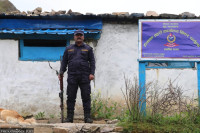
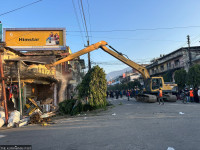
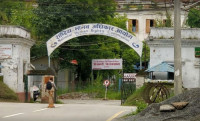
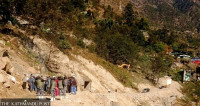
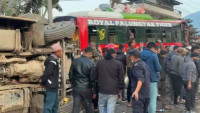



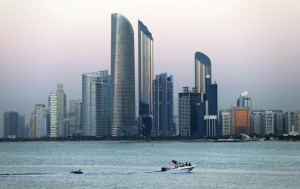



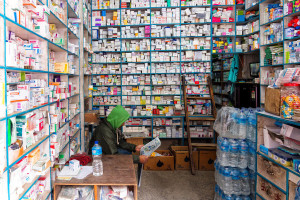
%20(1).jpg&w=300&height=200)

